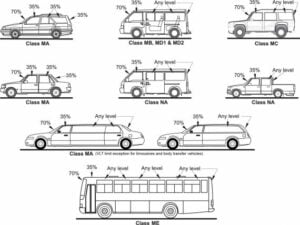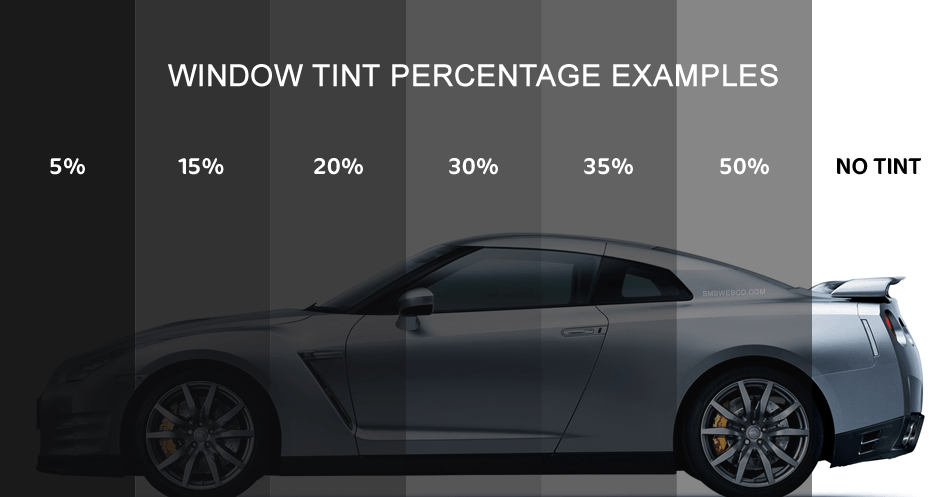Window tinting is becoming increasingly more popular. However, there are standards and measurement requirements you need to follow to make sure that your window tints are legal.
Visible Light Transmittance
Window tint visibility is measured in VLT (Visible Light Transmittance), it is the amount of visible light that passes through a vehicle’s windscreen/ windows. A windscreen that is clear has a VLT of about 85%, however, the VLT of the front windscreen can be as low as 70%.
If a window tint is applied to a window, the VLT is measured by the amount of light that is passing through the glass and tint.
For example, a 35% tint applied to a 70% front side window will measure to be well below 35% VLT.
Measuring the VLT
The VLT is checked by using a calibrated VLT meter. Vehicle testing stations will have this meter and use it to measure whether your windows are compliant and legal. When getting window tints to ensure they are the required VLT, go to a reputable film installer and get written confirmation of the VTL measurement from the installer if you want to be safe.
Different vehicle classes have different VLT limits. Commercial vehicles like vans and buses have different VLT limits compared to a standard Class MA vehicle. With most commercial vans and buses the back windows and windscreen can be any level of VLT, so the tint can be a higher percentage. However, a standard car has very strict VLT limits that will only allow for 35% VLT, even on the back windows.
If you are unsure of what the VLT limit on your vehicle is, contact NZTA. Below is a table of NZTA’s current VLT limits for each vehicle class.
Minimum VLT limits for modified glazing (tinted overlays) for different vehicle classes.

Difference between Factory Tint and Aftermarket Tint
Factory Tint
Factory tint windows on a vehicle is a vehicle that comes from the manufacturer with tinted windows. The factory tinted glass contains dyes and pigments that are added to the glass during the manufacturing procedure. The dyes reduce the amount of visible light that passes through the vehicle’s window by darkening the colour of the glass. If your car has factory tint windows it will say on the window that it has factory tints the percentage of the VLT. Factory tints are generally always allowed to pass a Warrant of Fitness (WOF).
Aftermarket Tint
Aftermarket tints are the tints that can be applied to the interior surface of the vehicle’s windows after the car has been manufactured. Aftermarket tint is a polyester film made up of multiple layers. It is made up of an adhesive coating, dyes and pigments, layers with metal particles and a final layer that makes the window tint scratch resistant. 
Failing a Warrant of Fitness because of Tinted Windows
When getting a Warrant of Fitness if your window tints are deemed to be below the required VLT, your car will fail. The tints will need to be removed to pass the Warrant of Fitness and be road legal. To get your car window tints removed see a specialist.
Car Services and Repairs in Hamilton
Grimmer Motors doesn’t do windows tinting directly, but we can organise it to be done professionally for you at a great price. For any other car services or repairs in Hamilton contact Grimmer Motors today. Our expert mechanics can quickly find what is causing this problem. We can then provide honest, expert advice, servicing, and repairs.
Book Now

